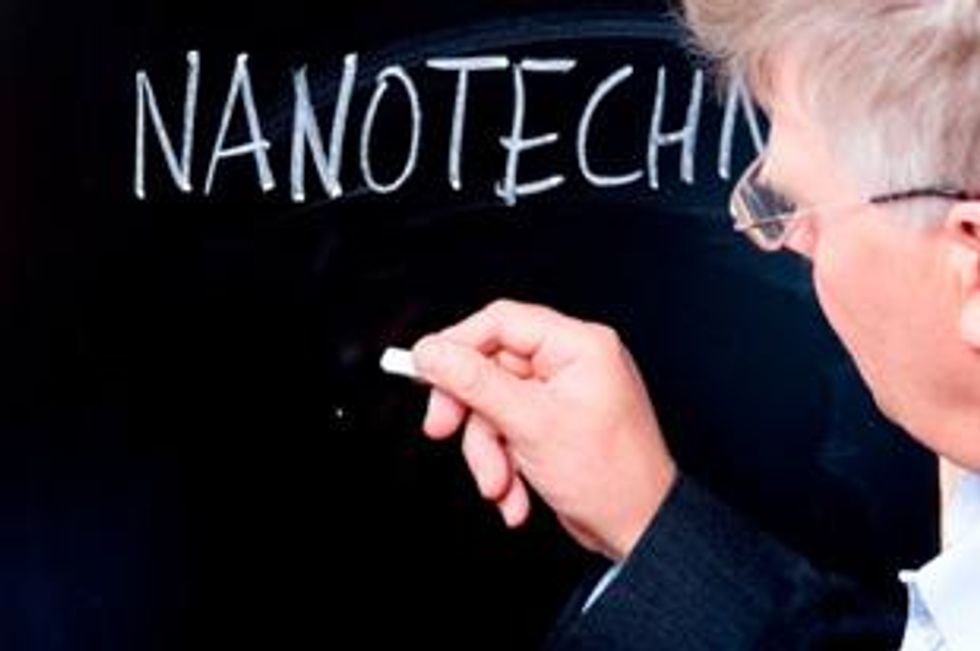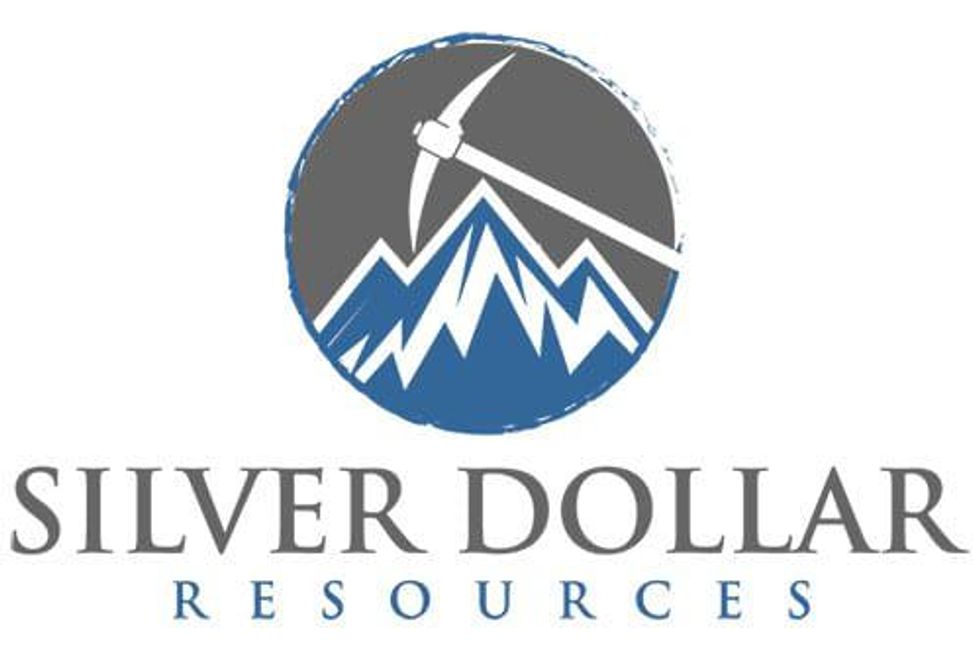Nanosilver Market Growth: Boon or Bust for Silver Prices
The rising use of nanosilver across various markets has received a lot of play in the last few years. The total market for nanosilver materials and coating products is expected to grow in value from about $290 million in 2011 to around $1.2 billion by 2016. But does this sector really offer any real upward pressure on the price of silver?
By Melissa Pistilli—Exclusive to Silver Investing News
A forecasted rise in industrial demand for silver from various emerging sectors is often cited by bullish silver analysts as a strong supporting factor — alongside increasing investment demand, of course — for a rosy long-term outlook in the silver market.The rising use of nanosilver across various markets has received a lot of play in the last few years. According to industry analyst firm NanoMarkets, the total market for nanosilver materials and coating products is expected to grow in value from about $290 million in 2011 to around $1.2 billion by 2016. The firm’s most recent report, entitled “Nanosilver Markets — 2011,” cites the rising use of nanosilver in electronics and transparent conductor applications and the emergence of nanosilver materials in antimicrobial consumer goods or medical products as catalysts for growth.
But does this sector really offer any real upward pressure on the price of silver?
What is nanosilver?
Nanosilver is created through nanotechnology which manipulates matter on an atomic or molecular scale to create super-small particles of silver—a nanometer is equal to a billionth of a meter— which are then used in applications such as pastes and adhesives for printed circuit boards as well as food packaging, clothing and medical devices.
The fastest growing nanosilver sector for now is in the creation of antimicrobial products which take advantage of silver’s antiseptic properties. The silver ion, Ag+, in sufficient concentration kills bacteria by damaging the enzyme systems in cell membranes. The use of silver as antimicrobial agent is nothing new. For centuries silver or silver-containing vessels have been used to store water, milk and wine.
The ancient Greek physician, known as the father of medicine, Hippocrates was the first to note silver’s healing and antimicrobial properties. Today, the medical field is increasingly using products containing silver — including wound dressings, urinary catheters, endotracheal breathing tubes, bone prostheses, and cardiac devices — to help contain the spread of infection.
Consumer goods related industries have begun harnessing the antimicrobial power of nanosilver in a broad range of value-added products including appliances, clothing, paints, children’s toys and cosmetics.
Controversy: Are nanosilver-based products safe or toxic?
One factor that may put the kibosh on growth in this sector is increasing concerns over human health and environmental safety.
Although manufacturers of nanosilver-containing consumer and medical goods are promoting the hygienic and healing powers of their products, various scientific and environmental bodies have for a number of years been calling for further research into the potential dangers such products pose to humans and the environment.
Many in the scientific community agree that silver’s antimicrobial properties are very useful in the field of medicine, but it’s silver’s growing use in everyday consumer products that is drawing the most fire. In 2010, the German Federal Risk Assessment body ruled that there was “no place” for nanosilver in products until its safety could be assured.
The fear is that unrestrained use of nanosilver may lead to potentially harmful concentrations of silver in our bodies and our water systems. While silver is not believed to be harmful to humans except in high concentrations, the scientific community is still debating whether or not shrinking substances like silver to nano-size has any impact on their properties and if so, whether such changes pose a danger to public health and environmental safety. The search for the answer has led to several research studies from around the world.
In a Danish study published early this year in the journal Particle and Fibre Toxicology, rats that ingested nanosilver particles over the course of a month were found to possess traces of the metal in their internal organs — including the brain, lungs, liver, kidneys and digestive tracts — leading to further questions about the possible impact on human health relating to nanosilver materials in food packaging and other personal consumer products.
The big question for those studying the possible danger such products pose to human health and the environment is: Is the potential toxicity derived from the silver nanoparticles or from the silver ions?— which can come off your nanosilver sports socks and gym shirt in your nanosilver-lined washing machine and find their way into the wastewater treatment system.
Due to its antimicrobial properties, silver can pose a threat to bacteria, fungi and other micro-organisms and that may have a detrimental impact on various ecosystems. There is also concern that nanosilver may enter the food chain via fertilizers processed from wastewater, although some studies show that sulphide present in the wastewater treatment process binds with silver nanoparticles to form non-toxic silver sulphide nanoparticles.
NanoMarkets identified the US Environmental Protection Agency (EPA) and the European Union’s Registration, Evaluation, Authorization and Restriction of Chemical substances (REACH) as two “important regulatory bodies that are having a direct, significant impact on nanosilver’s commercialization.”
Both the EPA and REACH have not imposed any formal regulations on nanosilver-containing products. “However,” points out the NanoMarkets’ report, “the EPA does require waste release reporting for metallic silver in ‘inhalable’ particle sizes under 100 microns, and the agency is likely to require regulation of nanosilver as a pesticide under the Federal Insecticide, Fungicide, and Rodenticide Act (FIFRA).” This means that any company manufacturing products boasting antimicrobial properties will have to register the product as a pesticide with the EPA. In the EU, it’s anticipated that regulators may require companies “to provide extensive stability, human safety, and environmental data” on such products.
The “growing regulatory barriers to the use of nanosilver,” says NanoMarkets, “could cool sales significantly in the coming years.”
Nanosilver as an alternative to conventional silver
The possibility that further health and environmental studies may lead government agencies to restrict the use of nanosilver materials in everyday consumer products does not bode well for growth in silver demand from this sector.
Another factor to consider involves the use of nanosilver in the electronics sector. According to NanoMarkets, “nanosilver . . . promises all that conventional silver offers but at a higher performance level” while at the same time using less silver. Up until very recently, manufactures of products that use silver powders and flakes had not considered transitioning to higher performance nanosilver inks and pastes because the high costs related to nanosilver outweighed the benefits in the minds of manufactures.
However, NanoMarkets notes that rising silver prices “have narrowed the cost-in-use gap between nanosilver and silver in a meaningful way.”
If nanosilver does replace conventional silver in many traditional and emerging applications the fact that the use of nanosilver requires far less of the metal than does conventional uses dispels the notion that significant growth in this sector over the next few years will lead to increased demand in the silver market.




